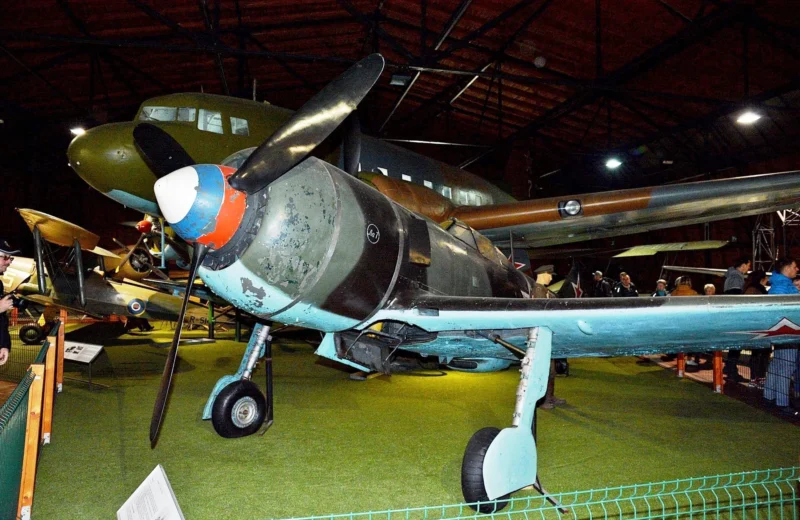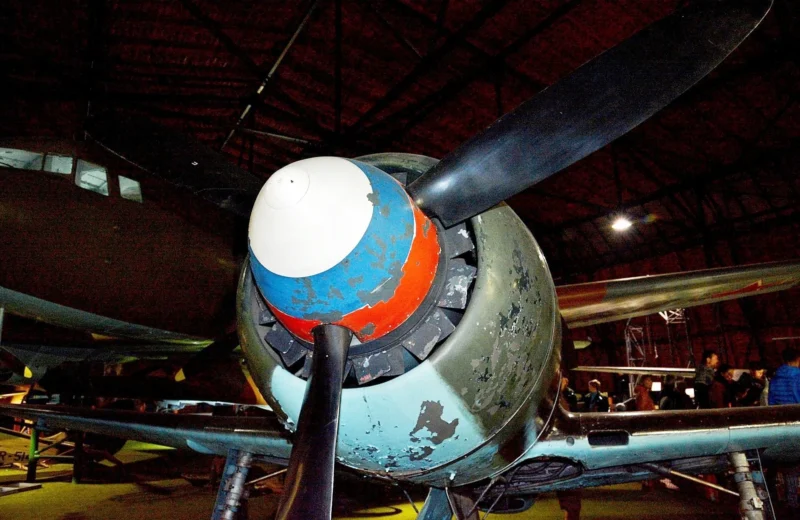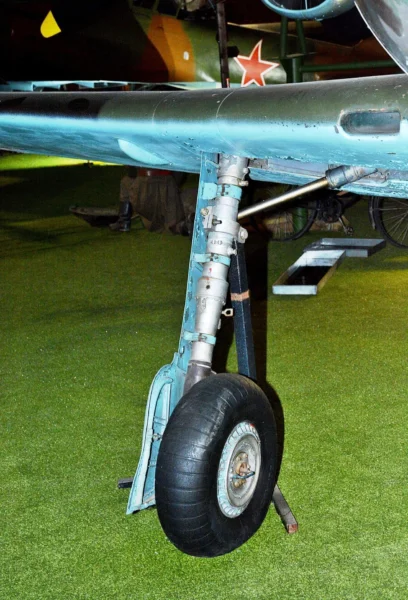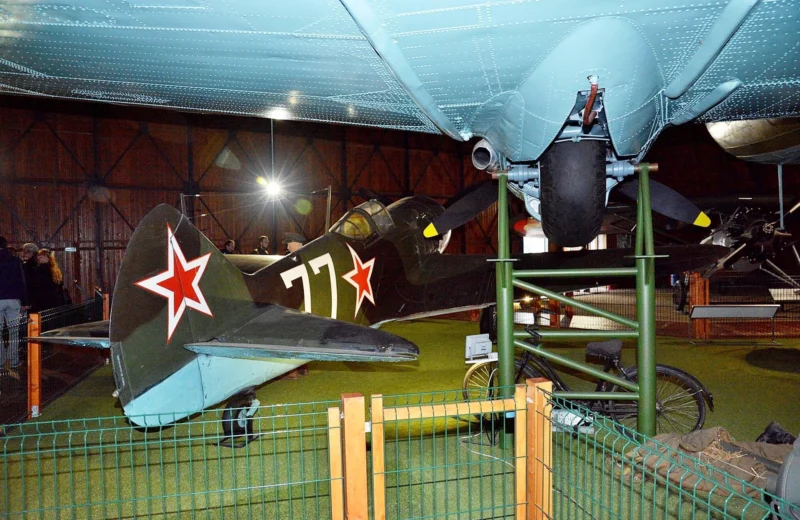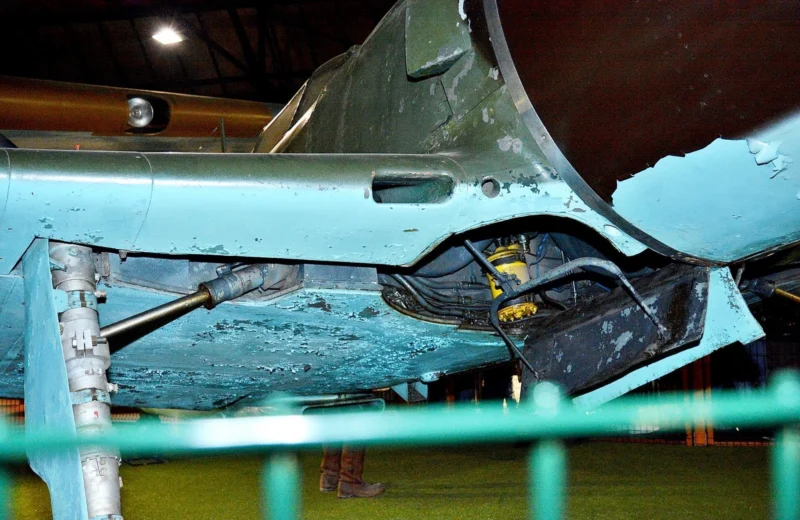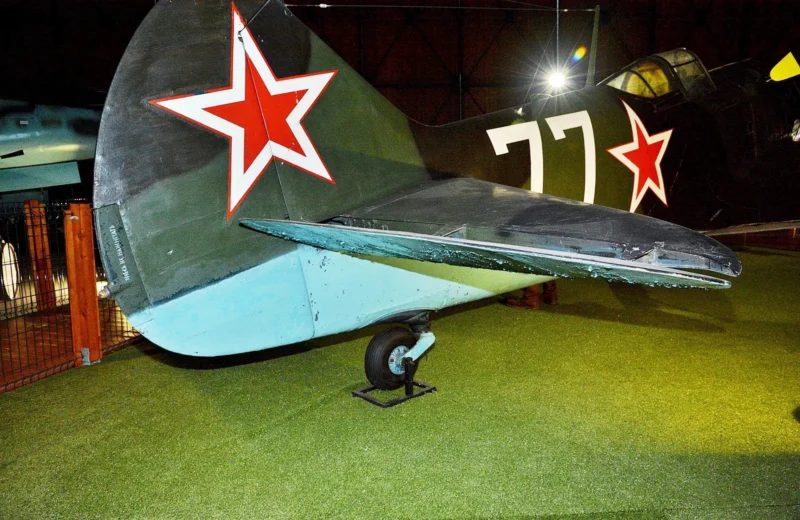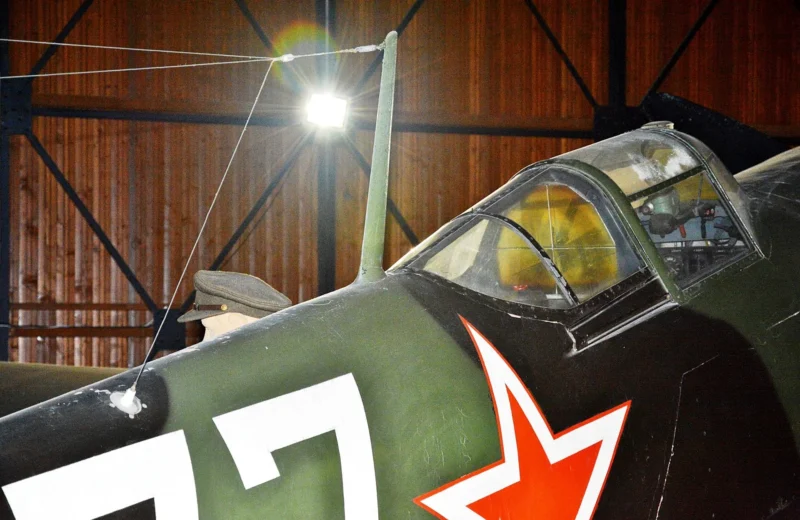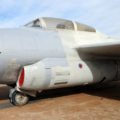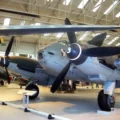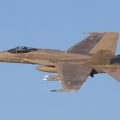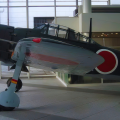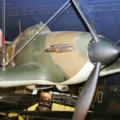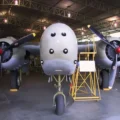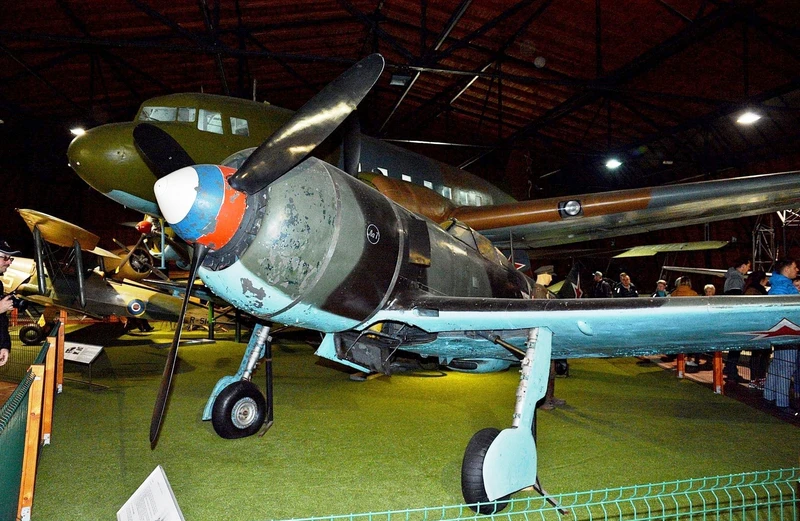
Lavochkin La-7 | |
|---|---|
| Pays | Union soviétique |
| Type | Combattant |
| Premier vol | 1er février 1944 |
| Construit | 5800+ |
Lla Lavochkin La-7 (en russe: Лавочкин Ла-7) était un avion de chasse monoplace soviétique à moteur à pistons développé pendant la Seconde Guerre mondiale par le Bureau d’études Lavotchkine. C’était un développement et un raffinement du Lavochkin La-5, et le dernier d’une famille d’avions qui avait commencé avec le LaGG-1 en 1938. Son premier vol a eu lieu au début de 1944 et il est entré en service dans les forces aériennes soviétiques plus tard dans l’année. Un petit lot de La-7 a été donné à l’armée de l’air tchécoslovaque l’année suivante, mais il n’a pas été exporté autrement. Armé de deux ou trois canons de 20 mm (0,8 in), il avait une vitesse maximale de 661 kilomètres à l’heure (411 mph). Le La-7 était considéré par ses pilotes comme au moins l’égal de tout chasseur allemand à moteur à pistons. Il a été progressivement supprimé en 1947 par l’armée de l’air soviétique, mais a servi jusqu’en 1950 dans l’armée de l’air tchécoslovaque.
Source: Lavochkin La-7 sur Wiki
| Lavockin La-7 Walk Around | |
|---|---|
| Photographe | Pavel Senk |
| Localisation | Inconnu |
| Photos | 30 |
| Lavochkin La-7 Se promener | |
|---|---|
| Photographe | Inconnu |
| Localisation | Inconnu |
| Photos | 8 |
Voir aussi :
General Characteristics
The Lavochkin La-7 was a Soviet piston-engined, single-seat fighter aircraft developed late in World War II. As the ultimate refinement of the La-5 series, the La-7 introduced significant aerodynamic improvements and the replacement of some wooden parts with aluminum, resulting in better overall performance and reduced weight. It was regarded by many Soviet pilots, including the top Allied ace Ivan Kozhedub, as the equal of any German piston-engined fighter at low to medium altitudes, excelling as an air superiority fighter and interceptor on the Eastern Front.
| Property | Typical Value (1945 Production Model) |
|---|---|
| Rôle | Air Superiority Fighter, Interceptor |
| Fabricant | Lavochkin Design Bureau (OKB) |
| First Flight | Early 1944 |
| En service | 1944–1947 (USSR), up to 1950 (Czechoslovakia) |
| No. Built | 5,753 |
| Crew | 1 (Pilot) |
| Length | 8.60 m (28 ft 3 in) |
| Envergure | 9.80 m (32 ft 2 in) |
| Max Takeoff Weight | 3,315 kg (7,308 lb) |
Powerplant and Performance
- Engine: One Shvetsov ASh-82FN 14-cylinder air-cooled radial engine.
- Power Output: 1,380 kW (1,850 hp).
- Maximum Speed: 661 km/h (411 mph) at 6,000 m (19,700 ft). Some prototypes reached 680 km/h.
- Maximum Speed (Sea Level): 597 km/h (371 mph).
- Service Ceiling: 10,450 m (34,280 ft).
- Rate of Climb: Approx. 15.7 m/s (3,095 ft/min).
- Key Improvement: Aerodynamic refinements included moving the oil cooler from the nose to under the fuselage and relocating the engine air intake to the wing roots.
Armement
- Standard Armament: 2 x 20 mm ShVAK cannons (with 200 rounds per gun), firing through the propeller arc.
- Alternate Armament: Later production runs were armed with 3 x 20 mm Berezin B-20 cannons (with 100 rounds per gun), which were lighter and improved firepower.
- Suspended Ordnance: Up to 200 kg (440 lb) of bombs on two underwing hardpoints (typically 50 kg or 100 kg bombs).
- Pilot Feedback: Pilots praised the concentration of fire from the nose-mounted cannons, though the standard ShVAK guns were sometimes criticized for having less effective damage than comparable German weapons.
Vues : 3396
